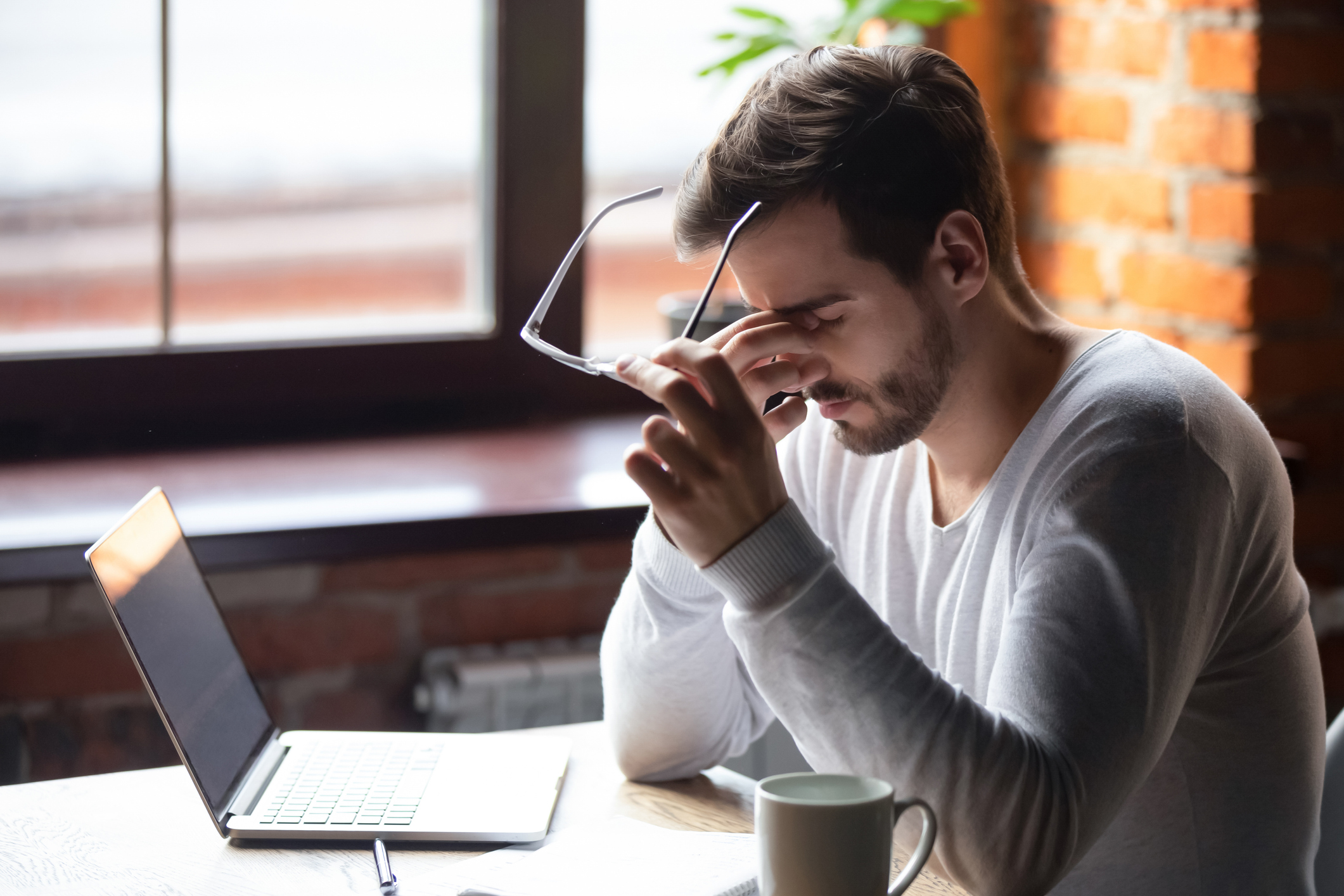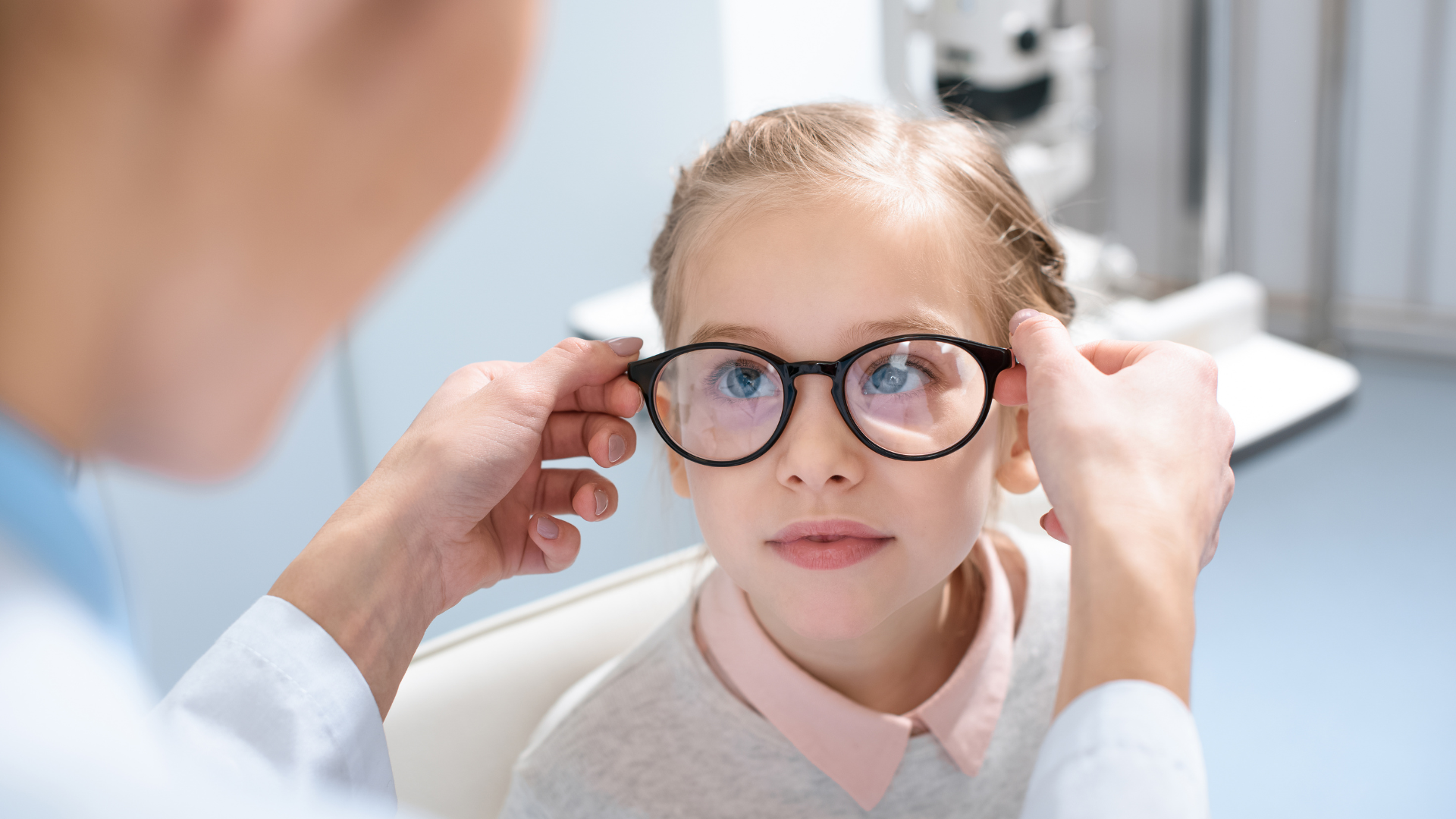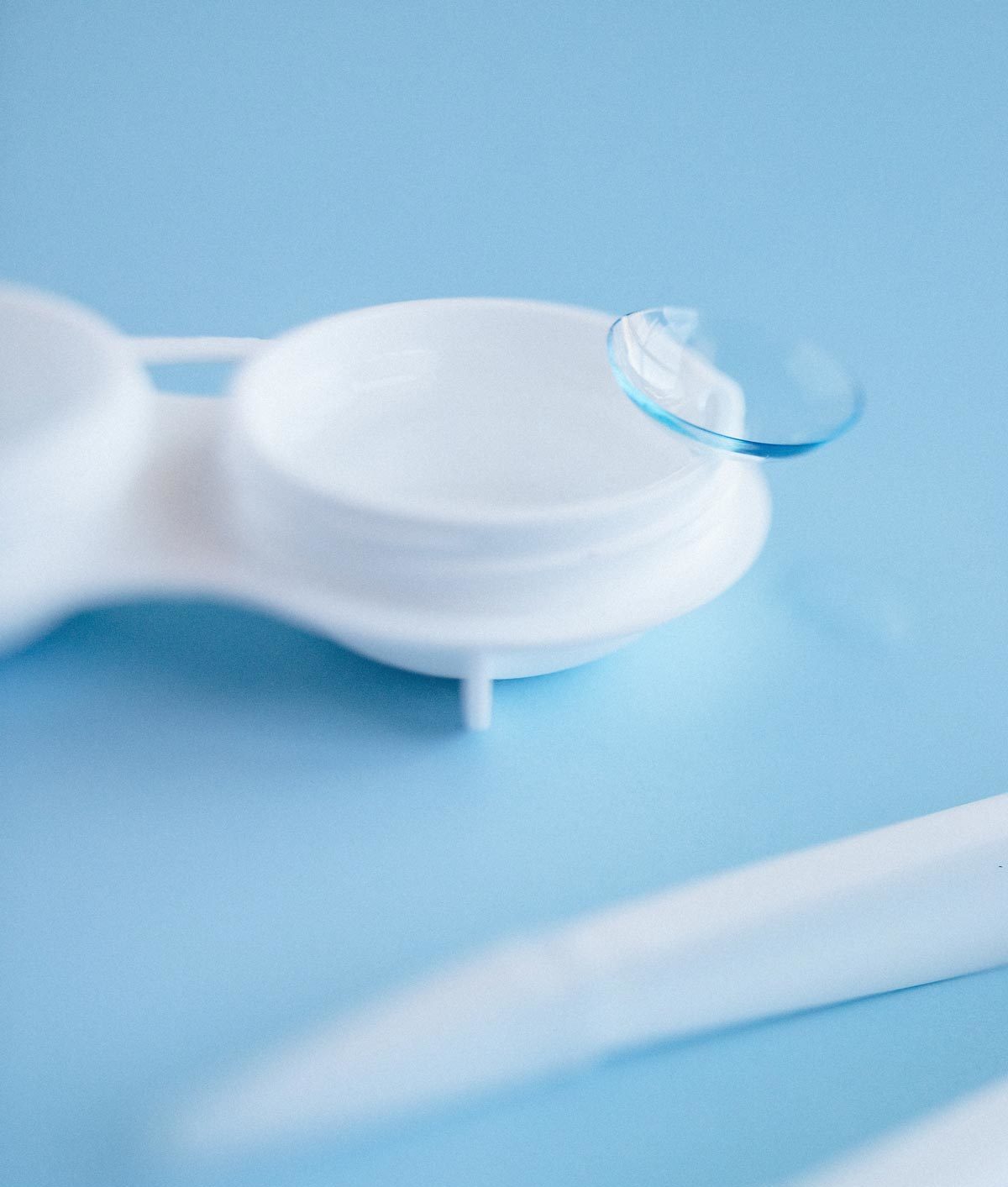The Forgotten Winter Accessory
As the days get shorter and temperatures start to drop, it's easy to forget about the importance of wearing sunglasses. But don't let the cold weather fool you: sunglasses are just as necessary in winter as they are in summer. Not only do sunglasses protect your eyes from harsh UV rays, but they also provide many other benefits that are especially important during the winter months.
Sunglasses are important for protecting your eyes from the cold weather
Windy days and chilly temperatures can cause irritation, and sunglasses can help to protect your eyes by blocking out the wind. Additionally, sunglasses can help prevent snow blindness, a condition caused by exposure to snow's ultraviolet light.
Get the best out of it
Sunglasses are a great way to stay fashionable in the winter months. It's easy to get stuck in a rut of wearing the same hat, scarf, and coat every day, but a nice pair of sunglasses can help spice up your look. Whether you prefer classic aviators or fashionable cat eyes, sunglasses can be a fun and stylish way to add a little something extra to your winter wardrobe.
Grab your favourite pair of shades and head out into the cold—your eyes will thank you.
Why do my eyes get dry in winter?
Why do my eyes get dry in winter?
Winter is a time when many people suffer from dry eye syndrome. Dry eye can be a very uncomfortable condition, causing symptoms such as:
- Burning
- Stinging
- Redness
- Light sensitivity
- Blurred vision
For many people, winter is the worst time of year for dry eye as cold air, low humidity, and wind can exacerbate symptoms.
What are the treatments?
There are several treatments available to help manage dry eye. These include:
- Use artificial tears or eye drops to lubricate the eyes
- Increase the humidity of the environment
- Wear special glasses to block out the wind
In some cases, lifestyle changes such as avoiding smoking, reducing screen time, and wearing sunglasses may help reduce the symptoms of dry eye. In more serious cases, prescription medications or surgery may be necessary.
If you are suffering from dry eye, it is important to see your Optometrist for a proper diagnosis. Your Optometrist can help determine the underlying cause of your dry eye and recommend the best treatment for your condition.
Does my prescription need updating?
It is recommended to get an eye test once every two years, but during that time, it is possible that you perfect prescription may change. It can be difficult to notice the effects of an incorrect prescription, however, there are a few signs that your prescription may no longer be suitable for your eyes.
- Blurred Vision
This is the first and most obvious sign that your current prescription may not be working for you. If you are experiencing fuzzy or unclear vision while wearing your eyeglasses, it may be time for a new prescription.
- Your eyes feel tired
Eye fatigue can feel like your eyes are dry or you may interpret eye fatigue as needing to sleep. But it could be that your prescription is no longer accurate.
- Frequent headaches
Headaches are a symptom of many different things, which can make it hard to pinpoint the cause. If you are experiencing frequent headaches and wear glasses, it is worth checking that your prescription is still working for you.
If you are unsure if an incorrect prescription could be causing you issues, it is best to visit your optometrist to find out for sure.
Get Back to School Ready
Have you added an eye test to the list of back-to-school jobs? Approximately 80% of the primary school curriculum in Australia is delivered visually. Therefore, the ability for a child to see clearly is paramount to giving them their best education. There are some tell-tale signs that a child might be experiencing visual difficulties.
- Frequently rubbing eyes
- Complaining of tired eyes
- Sitting close to the TV or a book
- Closing one eye to see better
- Consistent incoordination
- Frequent squinting
If you have noticed any of these behaviours in your child, it might be time for an eye test. A children’s eye test can help to detect common conditions such as:
Myopia: A Condition in which objects that are near appear clear, and object farther away look blurry.
Amblyopia (lazy eye): Reduced vision in one eye.
Convergence insufficiency: Can cause blurry and double vision
The optometrist will also test for issues in binocular vision, focusing, eye tracking and colour vision. Book an appointment with us today to get your children's eyes tested!
Get Back to School Ready
Have you added an eye test to the list of back-to-school jobs? Approximately 80% of the primary school curriculum in Australia is delivered visually. Therefore, the ability for a child to see clearly is paramount to giving them their best education. There are some tell-tale signs that a child might be experiencing visual difficulties.
- Frequently rubbing eyes
- Complaining of tired eyes
- Sitting close to the TV or a book
- Closing one eye to see better
- Consistent incoordination
- Frequent squinting
If you have noticed any of these behaviours in your child, it might be time for an eye test. A children’s eye test can help to detect common conditions such as:
Myopia: A Condition in which objects that are near appear clear, and object farther away look blurry.
Amblyopia (lazy eye): Reduced vision in one eye.
Convergence insufficiency: Can cause blurry and double vision
The optometrist will also test for issues in binocular vision, focusing, eye tracking and colour vision. Book an appointment with us today to get your children's eyes tested!
Dry eye in the warmer months
The symptoms of dry eye are not just prevalent in the winter months, dryness can also affect eyes in the spring and summer months, sometimes even more so. This is caused by increased exposure to the sun and other season factors including visiting the ocean and pools.
Relieving the effects of dry eyes during spring and summer
-
Always wear sunglasses
The UV protection that polarized sunglasses provide protect your eyes and reduce glare. This can help to reduce the onset of dry eye.
-
Wear a hat when outside
By the same token, wearing a hat to shield your eyes from the harsh rays of the sun adds another layer of protection.
-
Eye drops
There a multiple eye drops, both over the counter and prescribed that can help to ease the symptoms of dry eye.
-
Rest your eyes
Performing tasks such as reading, watching TV or being outside in direct sunlight for long periods of time and cause dryness in the eyes. It is important to take a break from these activities from time to time to give your eyes a rest.
-
Wash your hands
When spending time outdoors, your hands are exposed to pollens and irritants that can transfer to your eyes through touching and rubbing. Washing your hands regularly and avoiding touching your eyes can reduce redness and dry eye.
If you would like to discuss further treatment and prevention of dry eye during the warmer months, contact your optometrist today.
How your optometrist can help your hay fever
The irritation, itchiness and watery eyes that hay fever brings in the spring and summer seasons can be frustrating and affect your lifestyle. The constant rubbing can also lead to dryness and redness. Here’s how an optometrist can help you manage these symptoms of hay fever.
1.Non-prescription eye drops
Your optometrist can recommend over the counter eye drops depending on the symptoms and severity of your hay fever in relation to your eyes.
2. Prescription eye drops and medication
There are different types of prescription eye drops that an optometrists can provide for severe allergies such as antihistamine and anti-inflammatory eye drops.
3.Oral Antihistamines
In conjunction with eye drops, your optometrist may also recommend oral antihistamines to hep relieve hay fever symptoms.
Some other ways that you can help reduce the effect of hay fever on your eyes include:
- Wearing sunglasses when outside
- Use a dehumidifier in the house
- Keep your windows closed on high pollen days
- Wash your hands after exposure to pets, grass and other flora.
If you would like to discuss your options to treat the symptoms of hay fever in relation to your eyes, contact your optometrist today.
Have you used your health fund benefits?

2022 is fast approaching, which means most health fund rebates will expire unless you make a claim.
To get into the end of the year spirit and to help with a fresh new look, we'd like to gift you $50* towards your next pair of spectacles or sunglasses.
This offer is valid from 1 November until 31 January 2022, so even if you've used your optical health fund benefits for this year, you can make a new claim from 1 January and take advantage of these great offers.
Book in your consultation now.
*Redeemable for new purchases from 1 November 2021 towards purchase of complete frames and lenses. To claim your 2021 rebate, orders must be collected by 31 December 2021. Not to be used in conjunction with any other discounts, packages or offers. Not redeemable on contact lenses. One voucher per patient only.
What is blue light and do we need to protect our eyes from it?
Last year saw an influx of new buzzwords. COVID-19 ruled, of course, but it was in good company with ‘pivot’, ‘new normal’, ‘zoom’ and ‘social distance’. Equally buzz-worthy and a concept that may have hit your radar at a similar time are blue light filtering glasses. Since these are the only buzzworthy concepts from the aforementioned list that we can speak of with authority, let’s take a look into what exactly blue light is and why it’s causing such a stir.
What is blue light?
Blue light is part of the visible light spectrum – it’s the light we can physically see whereas ultraviolet (UV) and infrared light are outside the visible light spectrum. Light is made up of electromagnetic particles that travel in waves. These waves range in length and strength and emit energy. The length of these waves is measured in nanometres (nm) with 1 nanometre equalling 1 billionth of a metre.
Blue light comes from both natural and artificial sources. Sunlight is a natural source, while the blue light emitted from digital screens, electronic devices and LED lights is artificial. Blue light has a very short wavelength and as a result produces more energy. Studies suggest that long term exposure to blue light may damage your eyes.
How does blue light affect us?
Sunlight is the main source of blue light and is everywhere. Our bodies use blue light to regulate our natural sleep cycles, otherwise known as our circadian rhythm. Our mood, level of alertness and overall wellbeing can be aided by natural blue light.
Blue light waves are the shortest, highest energy wavelengths of the visible light spectrum, in turn meaning they can potentially damage the internal structures of the eyes such as the retina and macula. Children are particularly susceptible to these damaging effects since the young eye is less able to filter blue light.
Blue light and ARMD
Clinical studies suggest that exposure to High Energy Visible (HEV) blue light can be a risk factor for macular degeneration.
Age and lifestyle factors such as poor diet and smoking are even greater risk factors for the development of age-related macular degeneration (ARMD).
Digital eye strain
Blue light is believed to be responsible for digital eye strain. Flickering blue light from digital screens creates glare and impacts visual clarity, contrast and sharpness. Blue light has also been implicated in migraines.
Today, we have a plethora of electronic gadgets to keep us connected with friends, family and colleagues, not to mention entertain ourselves (Netflix anyone?). Unfortunately, one of the by-products of this use of technology, is the amount of time we are spending staring at digital screens, often excessive.
Sadly, it’s not just adults that are affected. Children are increasingly using digital devices to play, read and even do schoolwork. This combination of more screen time and less “green time” (time spent outdoors in nature and natural light) can harm children’s vision and puts them at risk of developing myopia or near-sightedness.
There are certain factors when it comes to reducing the risks for children developing myopia that are within parents’ control, the main one being keeping screen time to a minimum. The World Health Organization (WHO) released daily screen guidelines for young children in April 2019. They recommend infants (less than 1 year old) should not have any screen time while those aged 2-5 should have no more than 1 hour of screen time per day. The American Academy of Paediatrics goes on to suggest that children over the age of 5 and into teenage years, don’t need a specific time limit put in place so long as digital consumption doesn’t interfere with physical activity and sleep.
To help parents/ carers, we’ve put together our top 5 suggestions to help minimise screen time and reduce digital eye strain.
5 tips for parents dealing with increased screen time
- Choose wisely – make a point to check up on what your kids are watching or playing. Children don’t always know what’s appropriate for their age and it’s easy for them to lose track of time. There’s a host of apps available to help you monitor your child’s viewing habits so consider these if necessary.
- No screen time before bed and keep devices out of the bedrooms at night.
- Make time for media with your kids but don’t forget reading. Reading to your child promotes bonding and prepares them for learning.
- Practice what you preach. Kids are very good at observing those around them so be mindful of how much time you personally spend on devices. Make a point to schedule downtime and allocate time for chores, outdoor time, reading and homework.
- Consider blue light filtering lenses such as TechShield Blue (even if you’re not a prescription glasses wearer) as they assist in reducing the amount of blue light penetrating the eye.
Start the new year off with a fresh new look!
Start the new year off with a fresh new look! Many of the health funds re-set at the beginning of the year, so now might be a great time to use your new health benefits and enjoy little or no gap payment! Book an appointment online or visit our practice today a choose from our range of stylish spectacles.









